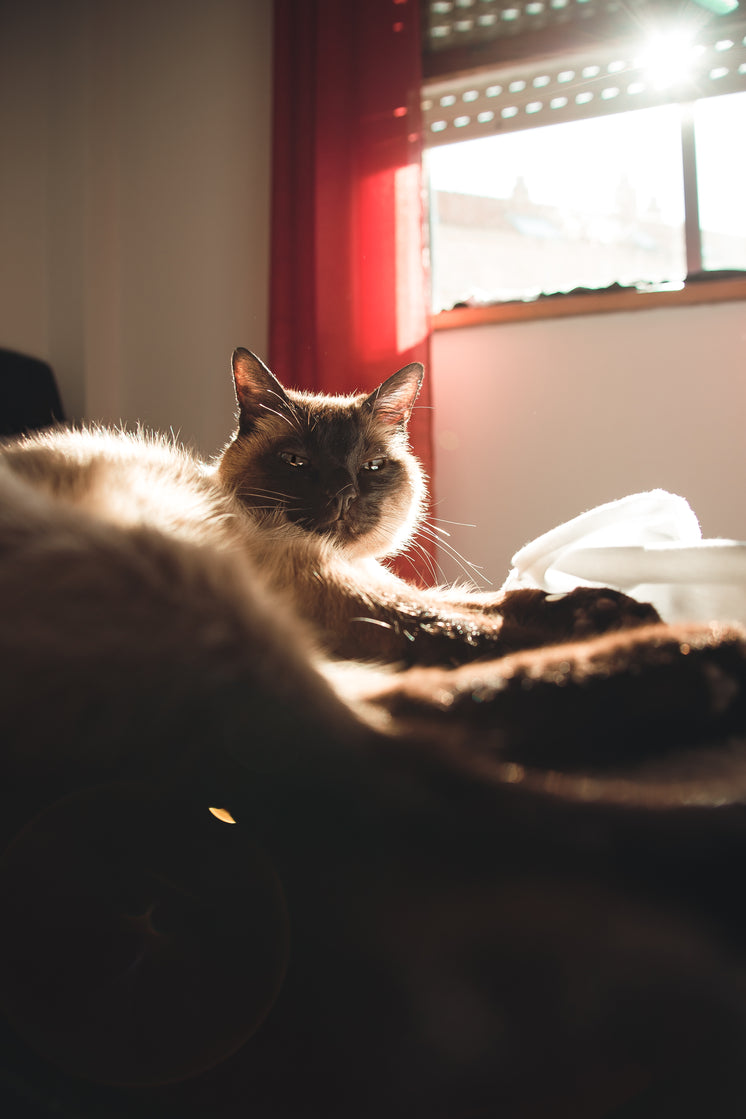
Cat litter and litter boxes play an essential role in the lives of both felines and their owners. From the humble beginnings of sand and soil to the innovative improvements these days, the world of cat litter has actually evolved significantly. In this extensive guide, we dig into every element of cat litter and litter boxes, exploring their history, types, advantages, obstacles, and whatever in between.
The history of cat litter go back centuries, with ancient civilizations utilizing sand, soil, and even ashes as primitive litter products. Nevertheless, it wasn't till the mid-20th century that modern-day cat litter as we know it emerged. In 1947, Edward copyright presented the world's very first business cat litter made from absorbent clay, revolutionizing the way cats relieved themselves indoors. Ever since, cat litter has undergone numerous transformations, with the introduction of clumping litter, silica gel litter, eco-friendly alternatives, and more.
Today, feline owners are ruined for option when it concerns choosing the best litter for their feline companions. Traditional clay litter stays popular for its price and efficiency in taking in odors. Clumping litter, which forms solid clumps when wet, streamlines cleansing and upkeep. Silica gel litter, composed of highly absorbent silica crystals, offers remarkable smell control and durability. Naturally degradable options, such as recycled paper, wood pellets, corn, and wheat, appeal to ecologically mindful consumers.
Each type of cat litter offers special benefits. Clay litter excels in its ability to soak up wetness and control odors, making it a dependable choice for many cat owners. Clumping litter streamlines everyday scooping and extends the time between total litter modifications. Silica gel litter provides exceptional smell control and can last longer between replacements. Biodegradable litters use a sustainable option that reduces environmental effect.
While cat litter improves indoor feline hygiene, it is not without its challenges. Dust from clay litter can posture respiratory risks for both felines and people, prompting the appeal of dust-free alternatives. Some cats may develop litter box aversion due to Self Cleaning Litter Boxes concerns with texture, fragrance, or tidiness, demanding experimentation with different litters and box setups. Multi-cat households may require tactical litter Wood Cat Litter box placement and regular upkeep to prevent territorial disagreements and guarantee all felines have access to clean centers.
Choosing the appropriate litter box is necessary for promoting positive litter box routines and general feline wellness. Elements to think about include size, availability, and design choices. Covered litter boxes offer personal privacy and assistance consist of odors, however some cats might find them restricting or intimidating. Open-top litter boxes provide simple access and presence but might lead to more litter scatter. Automatic self-cleaning litter boxes improve upkeep but need routine monitoring and cat litter pellets maintenance.
Proper litter box upkeep is vital for guaranteeing a tidy and inviting environment for both cats and their owners. Daily scooping gets rid of waste quickly, decreasing odor and dissuading litter box hostility. Regular litter replacement, usually every 1-2 weeks, avoids bacterial buildup and preserves optimum absorbency. Thorough cleaning with moderate cleaning agent and water, avoiding harsh chemicals that might hinder cats from using package, need to be performed monthly.
Cat litter and litter boxes play a central role in cultivating a healthy and unified relationship between cats and their human companions. With a varied selection of litter options and litter box designs offered, feline owners have the versatility to tailor their choices to fit their felines' choices and family requirements. By understanding the evolution, types, benefits, and difficulties of cat litter and litter boxes, family pet owners can supply their feline friends with a comfortable and hygienic indoor environment.